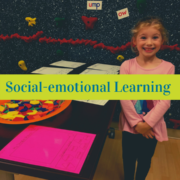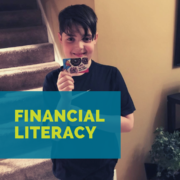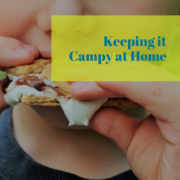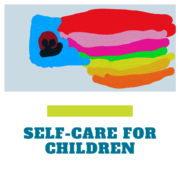Social-emotional Learning
With next year’s school schedule still very much up in the air, students around the United States are left with many “what ifs.” Combine this notion with the fact that many states are seeing a major resurgence of COVID-19 cases, and we’ll undoubtedly notice a sense of unease among young people.
The social-emotional impact of stressful times is something with which school counselors and psychologists are well-equipped to deal. However, these necessary services do not prove to be as effective when staff and students are working remotely. Because of this, parents are left, not only with the unknowns we’re all dealing with, but also with the task of meeting children’s social-emotional needs at home.
The school’s role
We often think of academic subject areas when discussing what students are learning in schools. However, beyond chemistry, English, world history, etc., schools also work to ensure that students learn social-emotional skills. Schools offer counselling programs, after-school activities, peer groups, family resources, testing and referrals, and many other resources to help students thrive socially and emotionally, as well as academically. Aside from these programs that are specifically targeting social-emotional welfare, school is an inherently social microcosm, one in which students are constantly and subconsciously adapting, reasoning, exploring, considering, and evolving. In this sense, school acts as a major contributor to one’s social-emotional well-being.
Stress and anxiety impede learning; counteract it with these strategies:
- Parents can help children learn to deflect their nervous energy and anxiety by considering others. Ask kids, “Who needs more help than you do? And how can we help that person or persons?” These questions directly prompt children to check their own worries at the door and to look outside themselves in order to help others. This practice enables students to not only practice perspective-taking, but also encourage empathy—a central social-emotional skill.
- In focusing on others in need, several things occur. First, these conversations allow families to take proactive steps to assist in the community. Also, a child’s own concerns are somewhat alleviated when they focus on someone else’s well being. Finally, by helping others, children and teens inadvertently gain their own new coping skills and strategies. Seeing resilience in others is an inspiration and benefit to all.
- Another strategy that comes on the heels of helping others is to consider what actions kids can personally take to better their own current situation. In thinking like this, children take an active role in their stress or anxiety—they are no longer passively allowing the struggles to overwhelm them without doing anything about it. Kids need to understand that, while stress is caused by external or uncontrollable factors, it is an internal response—one that can be regulated with practice.
- Parents can also help children build social-emotional skills by finding and reading texts that contain characters who are battling similar struggles. Whether fiction or nonfiction, texts have the unique ability to engage and instruct at the same time. When children see a character’s struggle, especially one that is similar to their own, they begin to see their situation from a different lens. They also get the opportunity to learn how the character or characters dealt with the problem and adjust accordingly. Literature also works to show children how their actions and decisions can directly affect others. Reading promotes this higher level of social-emotional thinking.
Finally, a common practice used in school counseling departments is journaling or photojournalism. The practice of freely expressing one’s thoughts is not only therapeutic; it also helps children to center their thoughts, focus on the now, and reconcile their emotions in writing. Experts also discuss how the journal entries or photos of their experiences act as an archived collection of challenges and obstacles that they’ve overcome. By looking back or rereading journal entries, kids automatically reflect on their experiences with a new, more clear perspective.













